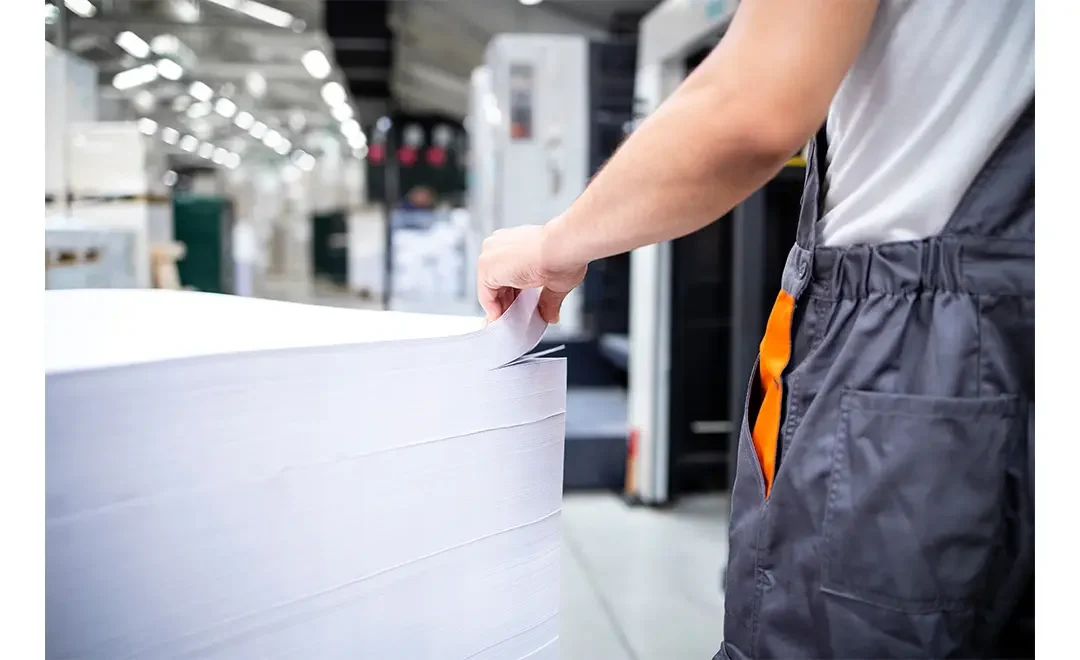
The country has become the first EU member to “mandate e-voicing with real-time VAT controls”, according to Christiaan Van der Valk of Spend Matters.
As a result of this move on the part of Italy, “VAT compliance v2.0 is now officially irreversible” and businesses will have to adjust to the fact that governments will be able to “leverage technology to get “inside” business transactions as they happen.”
Van der Valk predicts that by 2025, “companies in industrialised and emerging economies will exchange more than 75 percent of all invoices electronically with tax administrations in real time or very shortly after the business invoice exchange process.”
However, he also believes that “about 40 percent of invoices will by that also be exchanged in electronic format between the trading partners.”
By 2030, Van der Valk forecasts that “the transformation to fully electronic, mostly structured e-invoice exchange in all directions should be all but complete.”
He then goes on to outline the “principal functional components” which businesses will need to have in place in order to transition to VAT compliance v2.0:
- “Regulatory mapping.There will be mandatory structured (nearly always XML based) data formats for the mandatory exchange of invoice (and possibly other) data with the tax administration platform.
- Regulatory transaction orchestration and process alignment.Your e-business transaction platform will need to be able to send and receive different types of transactions to and from the tax administration platform. Examples include specific types of invoice processes (e.g., cancelation, contingency issuance or confirmation, buy-side acceptance or rejection) and also, increasingly, similar processes for other types of tax-relevant documents. Your business and trading partner data exchange process may need to be revised to ensure that mandatory data exchange with the tax administration platform can be performed as required. You and your customer may never have thought of a supplier invoice cancelation message type, but in some countries you’ll need one to comply with tax law. And in some jurisdictions, particularly in Europe (and probably India), this type of exchange of business data with government control platforms will evolve by tax administrations slowly increasing the frequency, automation requirements and granularity around historical VAT reporting requirements.
- Authentication and security.Most real-time or near-time tax administration platforms require some combination of transmission security and data-level control technology requirements — usually some form of electronic signature and web server authentication based on public key certificates issued by a government-approved or government-controlled certification authority (CA).
- Tax determination.Since every line of every invoice will be available for deep analysis by the tax administration, it becomes much more important for both trading partners that their tax determination decisions are 100% correct.
- Where archiving remains compulsory — which is currently the case in most countries with different forms of real-time or near-real-time VAT controls — the “legal invoice” and the “business invoice” exchanged between the parties, if different, needs to be archived and available for internal and tax administration audit.”
In the case of Italy, the country has instituted a variety of specifications.
These include a specific VAT invoice message format, the use of the SDI platform, and use of qualified electronic signatures.
However, the process is not yet set in stone, with further clarity still required. Van der Valk concludes by saying that, “For businesses to maintain some semblance of coherent and cost-effective response, they must avoid panic-fixing compliance the moment new requirements come out and instead consider automatic solutions that can guarantee compliance on an ongoing basis.”




















